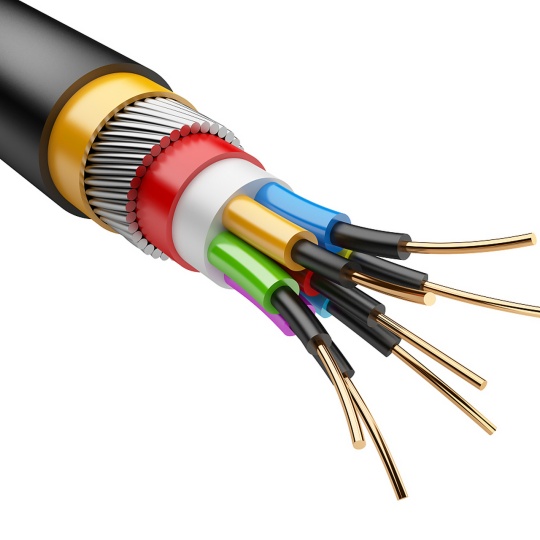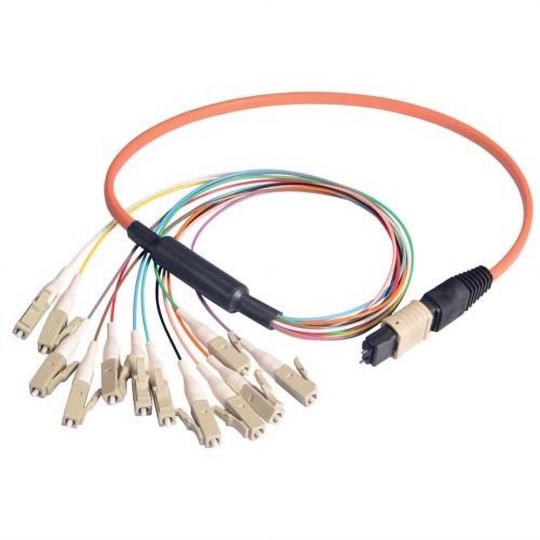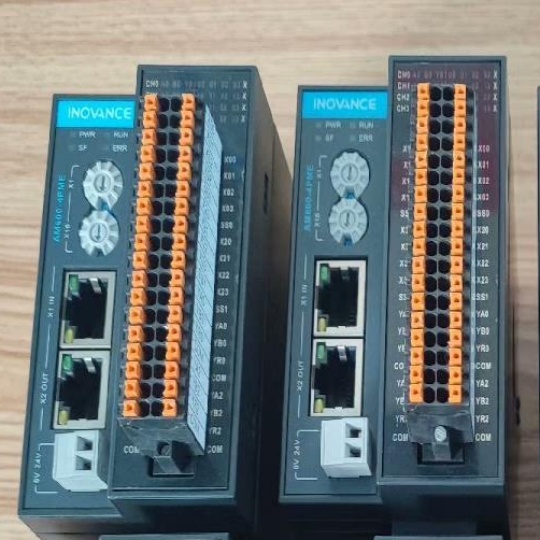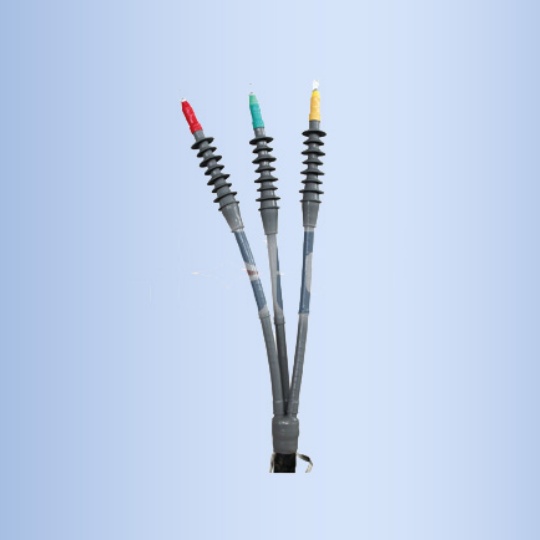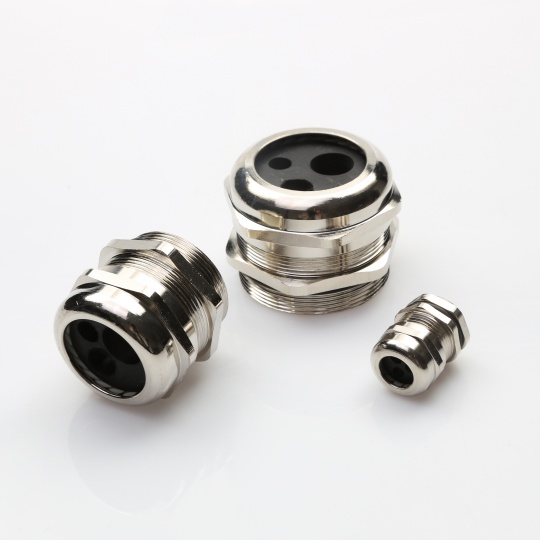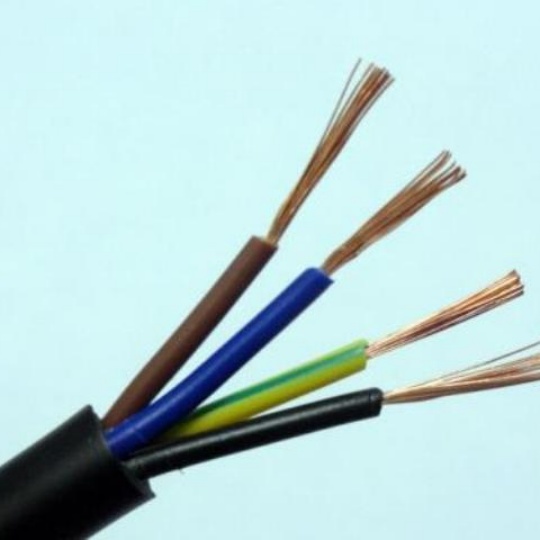Carbon-Neutral Cable Factories Rise: Pioneering Sustainable Manufactu...
Introduction
As global industries face mounting pressure to reduce carbon footprints, the cable manufacturing sector is undergoing a transformative shift. The rise of carbon-neutral cable factories marks a critical milestone in sustainable industrial practices. This article explores how these facilities operate, their environmental and economic benefits, and why this trend is reshaping the future of manufacturing.
The Drive Toward Carbon-Neutral Cable Production
The cable industry, a backbone of modern infrastructure, has historically relied on energy-intensive processes. However, with climate change accelerating, companies are adopting innovative strategies to achieve net-zero emissions. Carbon-neutral cable factories leverage renewable energy, circular economy principles, and cutting-edge technologies to minimize environmental impact.
Key Drivers Behind the Trend:
- Regulatory Pressure: Governments worldwide are enforcing stricter emissions targets (e.g., EU’s Green Deal, U.S. Clean Energy Act).
- Consumer Demand: Businesses and consumers increasingly prefer eco-friendly products, with 68% of global buyers willing to pay more for sustainable goods (IBM Study).
- Cost Savings: Renewable energy and waste-reduction practices cut long-term operational costs.
How Carbon-Neutral Cable Factories Work
Achieving carbon neutrality requires a holistic approach:
- Renewable Energy Integration:
Factories are transitioning to solar, wind, and hydropower. For example, Prysmian Group’s European plants now run on 100% renewable electricity.
- Energy Efficiency Upgrades:
Advanced machinery, LED lighting, and smart grids reduce energy consumption by up to 40%.
- Circular Economy Practices:
Recycling copper and aluminum scraps, reusing water, and biodegradable packaging minimize waste.
- Carbon Offsetting:
Unavoidable emissions are balanced through reforestation or investing in clean energy projects.
Case Studies: Leaders in Sustainable Cable Manufacturing
- Nexans (France):
Committed to carbon neutrality by 2030, Nexans uses offshore wind farms to power production and recycles 99% of its copper.
- LS Cable & System (South Korea):
Their “Green Factory” initiative reduced CO₂ emissions by 30% through AI-driven energy management systems.
- General Cable (U.S.):
Achieved a 50% reduction in emissions by switching to biogas and optimizing logistics.
Benefits Beyond Sustainability
Carbon-neutral factories aren’t just eco-friendly—they’re economically strategic:
- Market Leadership: Companies gain a competitive edge in bids for green infrastructure projects (e.g., offshore wind farms, EV charging networks).
- Investor Appeal: ESG (Environmental, Social, Governance) compliance attracts $30 trillion in global sustainable investments (Bloomberg).
- Resilience: Reduced dependency on fossil fuels shields businesses from energy price volatility.
How Businesses and Consumers Can Support the Movement
- For Manufacturers:
- Partner with renewable energy providers.
- Adopt ISO 50001 (energy management) and ISO 14001 (environmental management) certifications.
- Collaborate with suppliers to decarbonize supply chains.
- For Buyers:
- Choose cables with eco-labels like EPEAT or Cradle to Cradle.
- Prioritize vendors with transparent sustainability reports.
Challenges and Future Outlook
While progress is promising, hurdles remain:
- High upfront costs for renewable infrastructure.
- Lack of standardized global carbon accounting methods.
However, innovations like green hydrogen and carbon capture technologies promise to accelerate the transition. By 2030, analysts predict 60% of cable factories will operate carbon-neutrally, driven by tech advancements and climate urgency.



